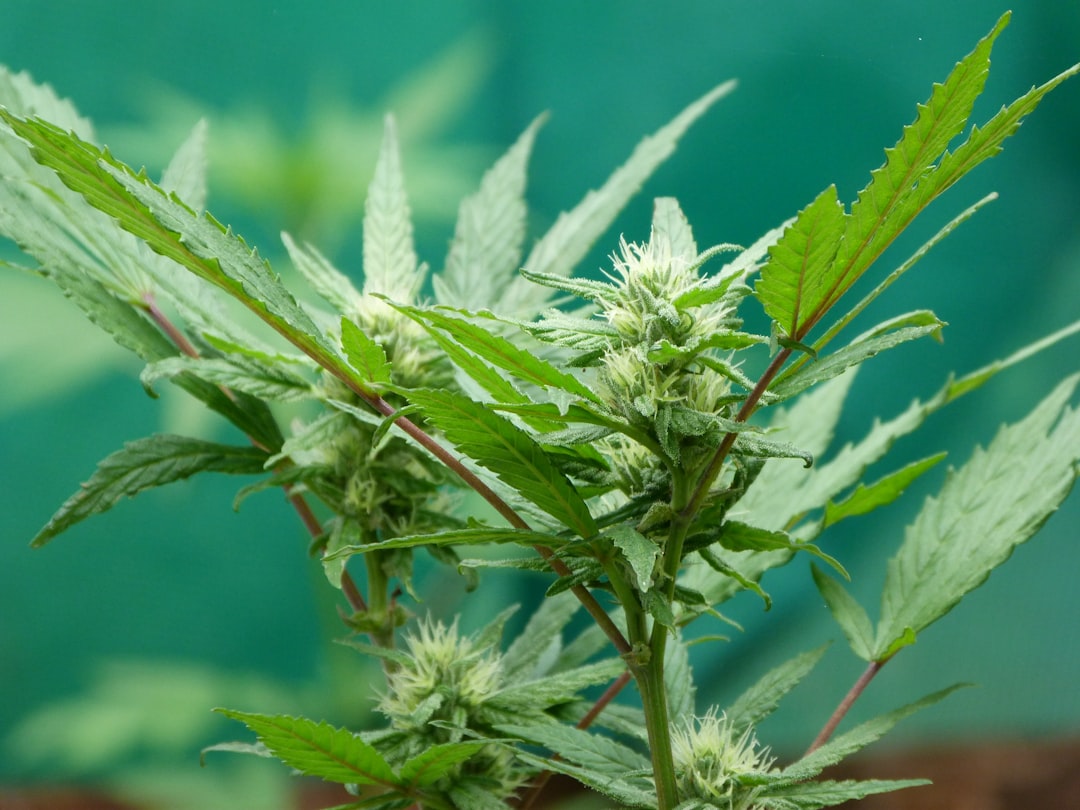Category: Foods & Culinary

Crab apples, often overshadowed by their larger, sweeter relatives, are a fascinating and versatile group of fruit-bearing trees that deserve more attention in British gardens. With the expertise of a seasoned nursery specialist, this article will delve into the world of crab apples, exploring their history, varieties, cultivation, and uses. Whether you’re a seasoned gardener or a beginner, you’ll find valuable information to help you appreciate and perhaps even grow these charming trees.
The History and Significance of Crab Apples
Crab apples have a long and storied history, intertwined with human culture and cultivation practices. Native to many parts of … Read More..

Most people love music since it makes the soul the soul to feel good thus, there are artists who have the skills, and talents of playing music hence you can learn from them. You need to have the best opportunity to know more about music hence, there are sites that you can view the video to learn more about the skills of the music hence you need to choose the best. There are online training courses for music hence you need to choose the best … Read More..

Lawn mowing refers to the care and the process of cutting grass to an even height. When one has a lawn at their home they need to offer the required care so that it can always remain neat and clean. The grass is cut by use of mowers. Carrying out mowing at your home one requires having the needed skills and instruction for it to be easy. One should purchase the required machines for the lawn mowing process.
Hiring a lawn mowing service when one what to do the mowing is essential. When one hires … Read More..

Once you make an emergency call to a plumber to come and salvage a situation, you can then be prepared to welcome the service provider into your home. Most homeowners are not always ready for this until a plumber comes in and they wish they had done some more research on the same. Probably you have been misled to believe all plumbing services are the same, but that is never the case as you will soon discover. Wait until a shoddy job is done or you open up your … Read More..

A home can be really expensive and the fact that this is a place that you and your loved ones will be spending most of the time makes it a big deal. Homes have become relatively affordable with such choices as the manufactured and the mobile homes, and after getting the perfect home for you then the next thing will be to get the financing for it. There are mobile home loans that you can get depending on your credit rating, the model that you choose and other specifications. … Read More..

When it comes to CBD, Cannabidiol per se as it is as well known, is actually such a powerful compound that is present in the cannabis plant which has no psychoactive effects, is non-toxic and as well is non-addictive. From the above mentioned fact, what we see is the fact that with the use of the CBD products, you will not get to suffer from the “highs” that often occasion the use of the other kinds of cannabis products. On the contrary, CBD has a number of health benefits that it … Read More..
 Tips On Choosing the Best Locksmith Services.
Tips On Choosing the Best Locksmith Services.
Chances are that you have or will need the services of a locksmith at some point in your life if you already don’t. Maybe you locked yourself out of the garage, car, home or office, you goy vandalized and need better security and needing a lock change. When this happens to you, there is no need to try prying the door by yourself when you can call a professional that actually knows what they are doing and will do it fast. Like any other services today, there will be a good number of … Read More..

A harness is a type of collar that is used when you want to have your dog on a leash so that you can have it within your control when you take it out for a walk to avoid cases of the dog getting into fights with others or causing injury to people who are also going about their business. It is possible to see that many sellers have unique dog collars and other harnesses and you just need to be guided by some issues so that you pick the … Read More..

The basis of accounting is that it is an account, in short it is a story, of how expenditures and cash flows have been within a particular time span for particular individual or organization. Both small and large businesses have a mandatory requirement of an accountant to tell them about the financial position to be able to make critical decisions that affect operations and the growth of the business. An accountant eliminates any biased views from the owner of the business as entrepreneurial accounting helps the owner of the business to help an … Read More..
 Characteristics of a Competent Job Search Websites for Backpackers
Characteristics of a Competent Job Search Websites for Backpackers
A person’s occupation in a company, business or society is known as a job. A job involves doing certain activities regularly in exchange for payment. The main job classifications are permanent and temporary jobs. Every job has its education and skills requirements. To make more acquaintances, pursue your career, get an income, utilize leisure time and pay for your bills, you need to look for a job. A few years ago, job hunting was very challenging. People used to visit one employer after another with papers searching for jobs. Today, by … Read More..
